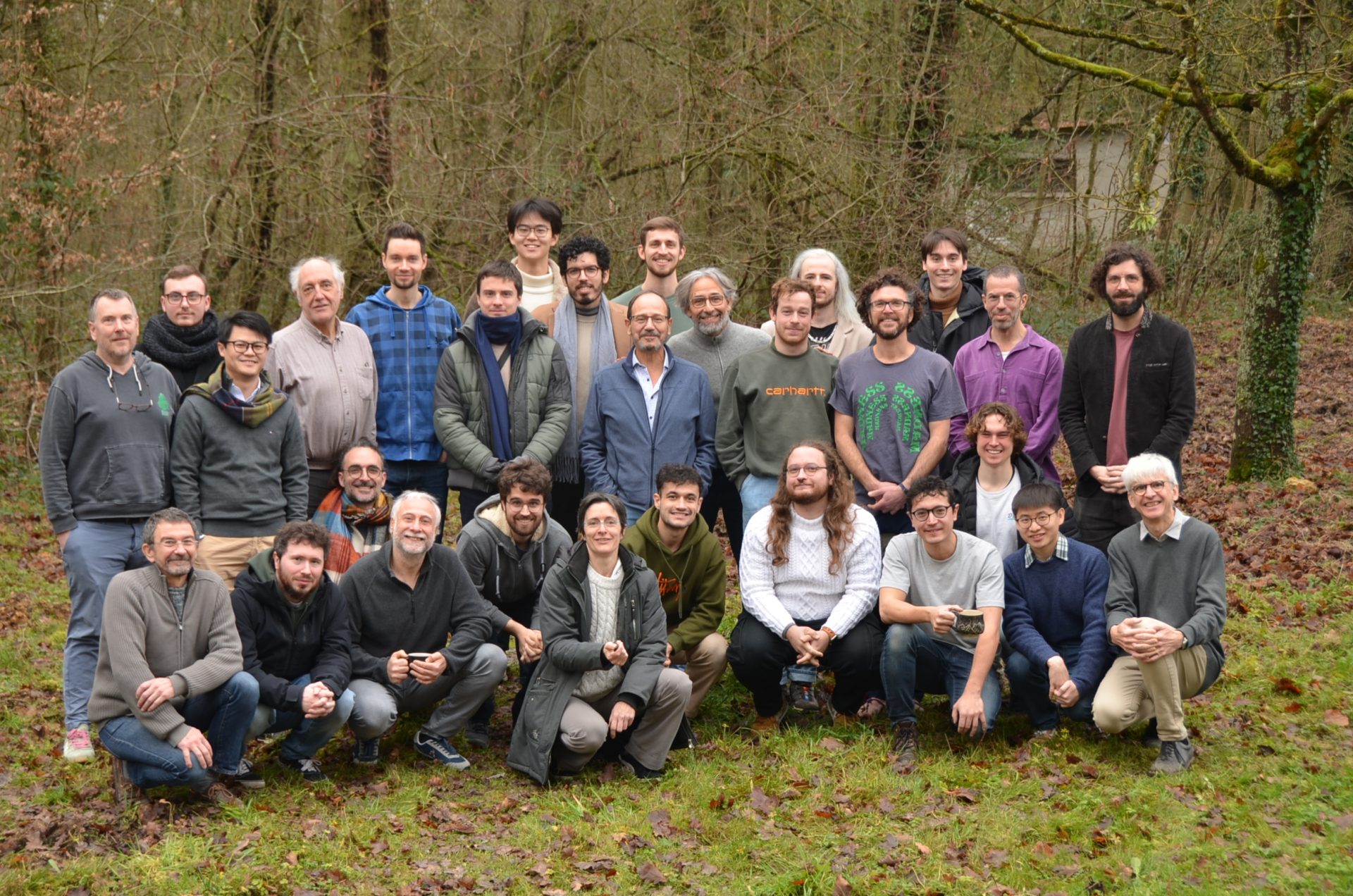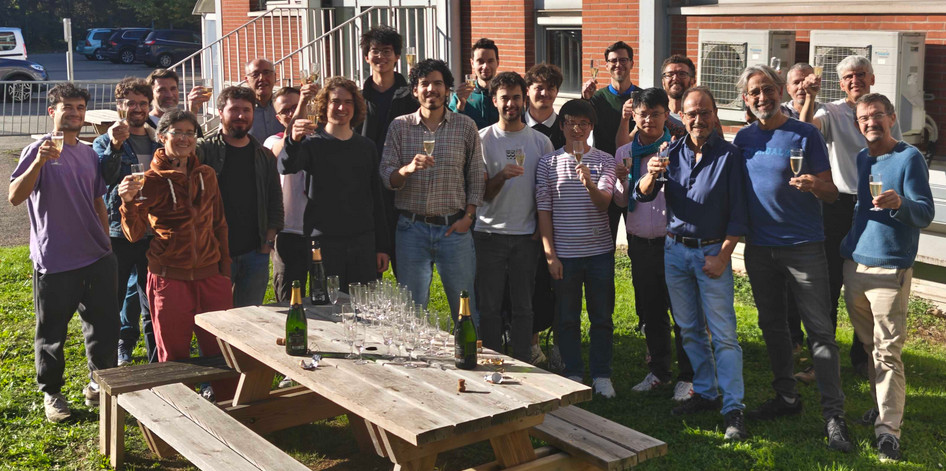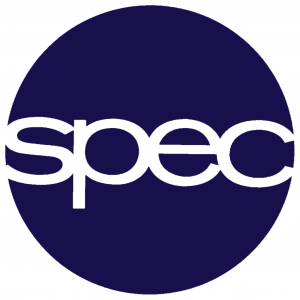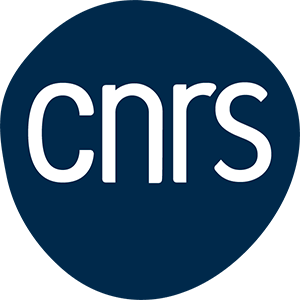Quantronics (QUANTum physics and electrRONICS) deals with the physics and applications of electrical circuits whose properties can only be understood if their collective degrees of freedom, like charges and magnetic fluxes, are treated quantum-mechanically. This research area was distinguished with the Nobel Prize of Physics 2025, given to Michel Devoret, one of the founders of the group, and to John Clarke and John Martinis (see below).
As these artificial quantum systems can be designed and fabricated with great flexibility, we harness them to address a broad variety of questions on quantum physics (mesoscopic superconductivity, spin resonance…) and on quantum technologies (information, computing, detectors…). Most of our circuits are made of superconducting materials, to get rid of low energy dissipation channels, and measured at deep sub-Kelvin temperatures. Microwave measurements, in particular time-domain and circuit-QED techniques, are by now our workhorse to probe these systems.


7/10/2025, at the occasion of the announcement of the Nobel Price of Physics for Michel Devoret, John Clarke et John Martinis.
The Quantronics group was set up by Michel Devoret, Daniel Esteve and Cristian Urbina in 1985, on their return from a post-doc at Berkeley in John Clarke‘s group. The team’s early work was a direct continuation of the seminal experiments carried out at Berkeley, with John Clarke and John Martinis. The latter were the group’s first visitor and first post-doc.



